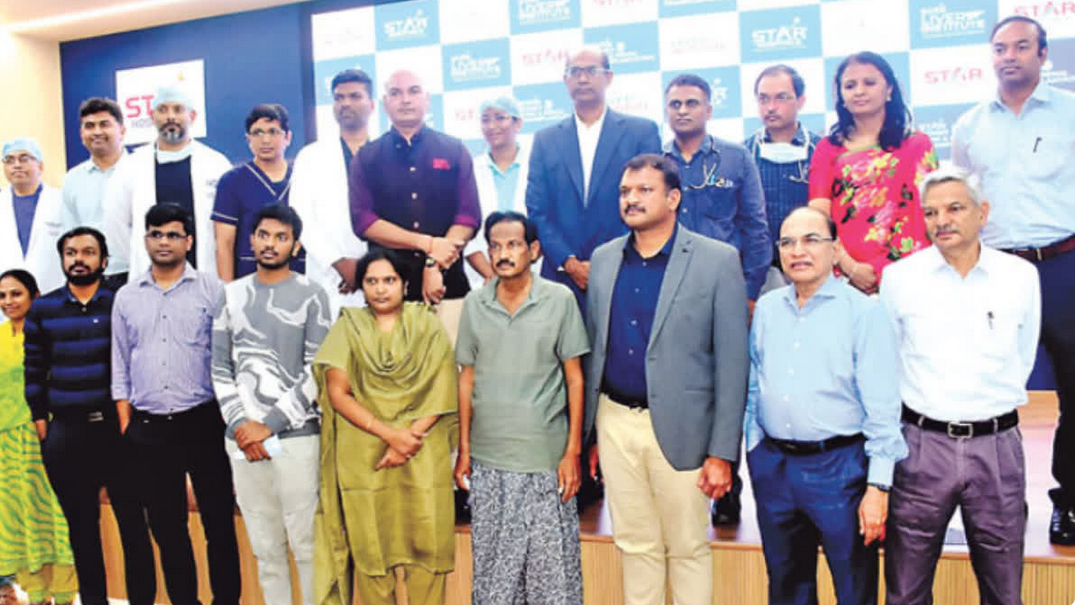Just like many of you, I've experienced the less enchanting side of the monsoons—the skin infections and allergies that tend to sneak up on us during this time of the year. The excessive rains and contaminated water can turn our skin into a battleground for various issues.
Discovering the Common Culprits:
- Fungal Infections: Fungi thrive in warm and moist environments, making the rainy season an ideal time for fungal infections to flourish. These infections can cause red, itchy, and sometimes circular rashes on the skin.
- Bacterial Infections: Contaminated water can harbor harmful bacteria, which can cause skin infections. Conditions like impetigo, a highly contagious bacterial infection, can lead to red sores and blisters filled with pus. Staphylococcus and Streptococcus are common bacteria associated with skin infections during the rainy season.
- Dermatitis: Contact dermatitis is an allergic reaction that occurs when the skin comes in contact with irritants or allergens in contaminated water. It can lead to red, itchy, and inflamed skin. Poison ivy, poison oak, and other plants found in damp areas can also cause allergic reactions on the skin.
- Viral Infections: Viruses can spread through contaminated water, leading to viral skin infections. For example, warts, caused by the human papillomavirus (HPV), can proliferate in damp and humid conditions.
- Boils and Abscesses: Stagnant water and poor sanitation during the rainy season can increase the risk of bacterial infections, leading to painful boils and abscesses on the skin.
- Acne and Breakouts: Excessive humidity can cause increased sweating, leading to clogged pores and acne breakouts.
- Eczema Flare-ups: People with eczema or other sensitive skin conditions may experience worsening of their symptoms during the rainy season due to the moisture in the air.
- Swimmer's Itch: Swimmer's itch, is an allergic skin reaction caused by certain parasites found in contaminated water bodies. This condition leads to itchy red bumps on the skin.
Weathering the Storm: Skin Care Tips for the Rainy Season
To reduce the risk of skin infections and allergies during the rainy season, consider the following preventive measures:
- Avoid Wading in Contaminated Water: Stay away from stagnant or contaminated water to minimize the risk of exposure to harmful bacteria and parasites.
- Maintain Good Hygiene: Wash your hands and body thoroughly with soap after being outdoors or coming into contact with rainwater.
- Keep Skin Dry: Dry yourself promptly after getting wet and avoid staying in wet clothes for extended periods.
- Wear Appropriate Footwear: Use waterproof footwear to protect your feet from fungal infections and other contaminants present in water.
- Stay Clean and Dry: Avoid sitting or lying on damp surfaces, especially in public places.
- Use Antifungal and Antibacterial Products: If you are prone to skin infections, consider using antifungal or antibacterial products, as prescribed by a healthcare professional.
- Avoid Scratching: If you notice any rashes or itchiness, avoid scratching, as it can worsen the condition and lead to secondary infections.
- Stay Allergy-aware: If you have a history of skin allergies, be cautious and seek medical attention if you notice any signs of an allergic reaction.
- Stay Hydrated and Eat Healthy: A balanced diet and proper hydration can help boost your immune system and maintain healthy skin.

 The rainy season has arrived, bringing relief from the scorching heat and a refreshing renewal of nature. But amidst the delightful downpour and the earthy aroma that fills the air, there's also a need to be cautious. Fungal infections, bacterial invaders, allergic reactions—these are the unwelcome guests that often arrive uninvited during the rainy season.
The rainy season has arrived, bringing relief from the scorching heat and a refreshing renewal of nature. But amidst the delightful downpour and the earthy aroma that fills the air, there's also a need to be cautious. Fungal infections, bacterial invaders, allergic reactions—these are the unwelcome guests that often arrive uninvited during the rainy season.









.jpeg)


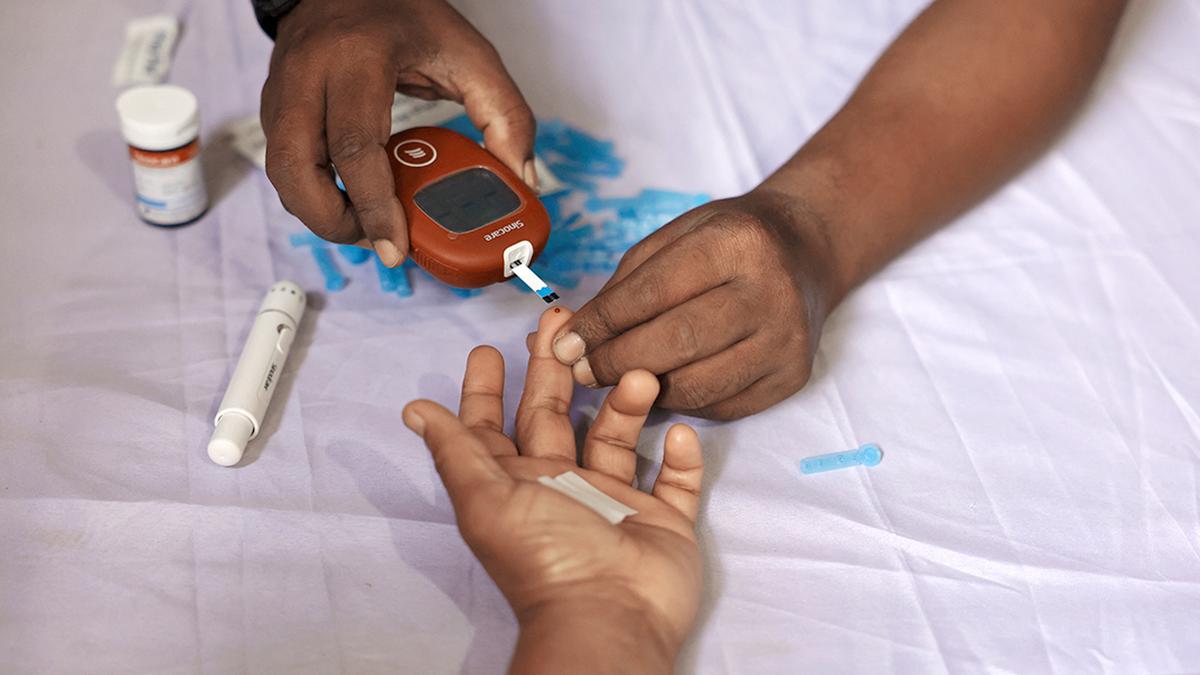
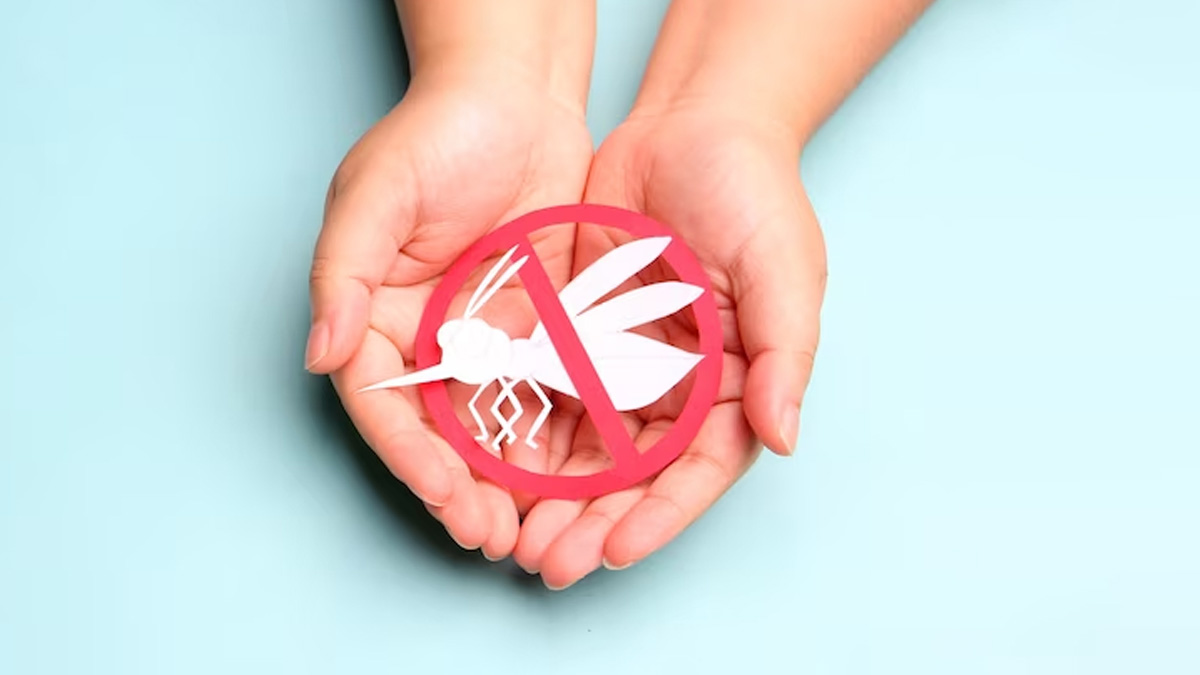
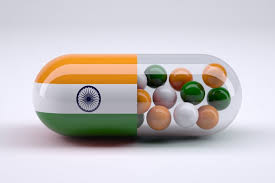



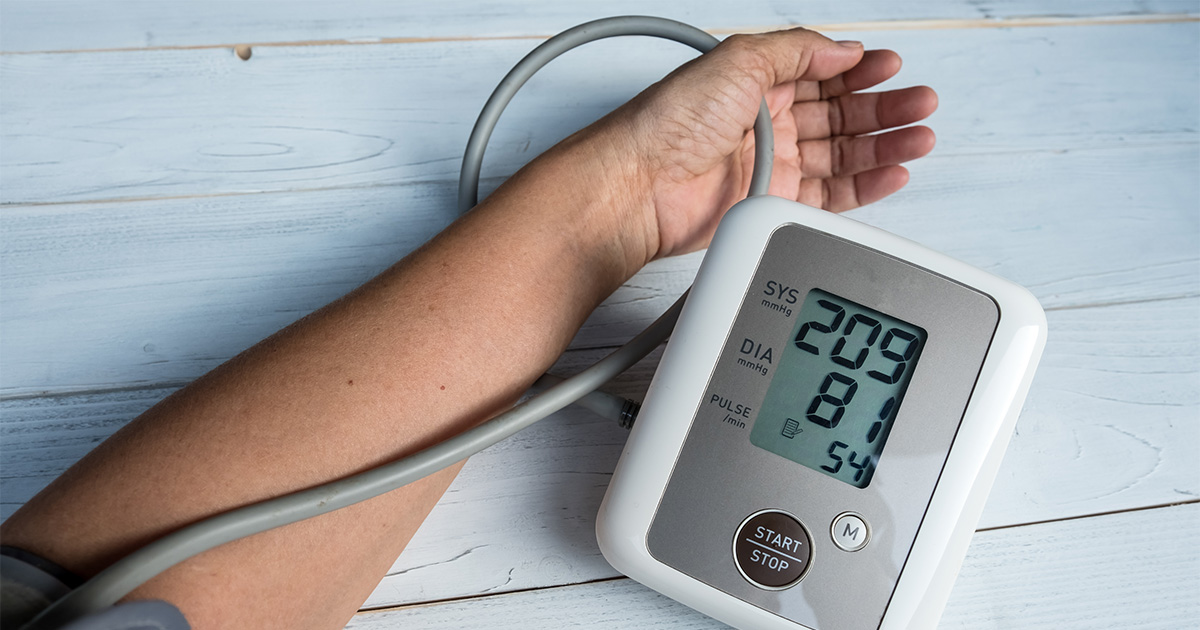


.jpg)


